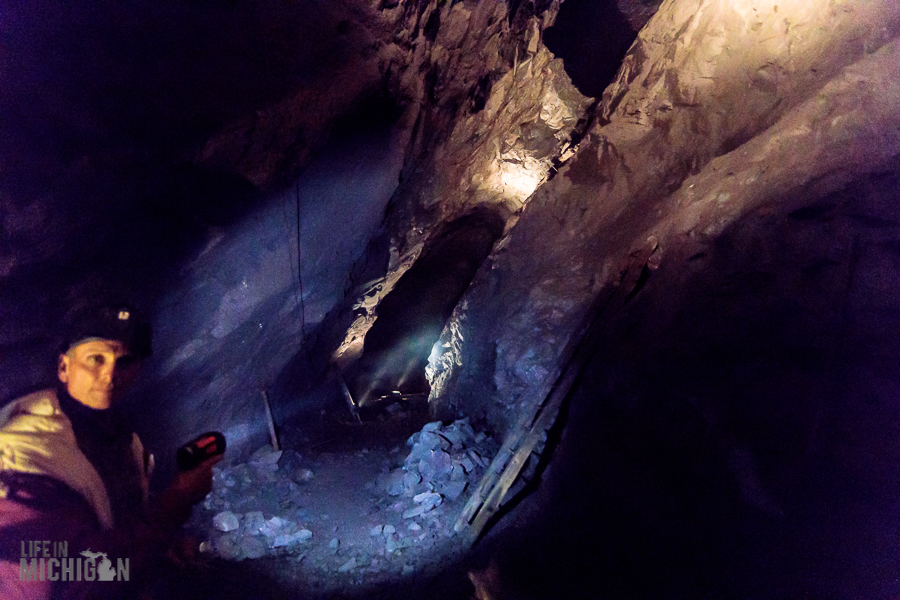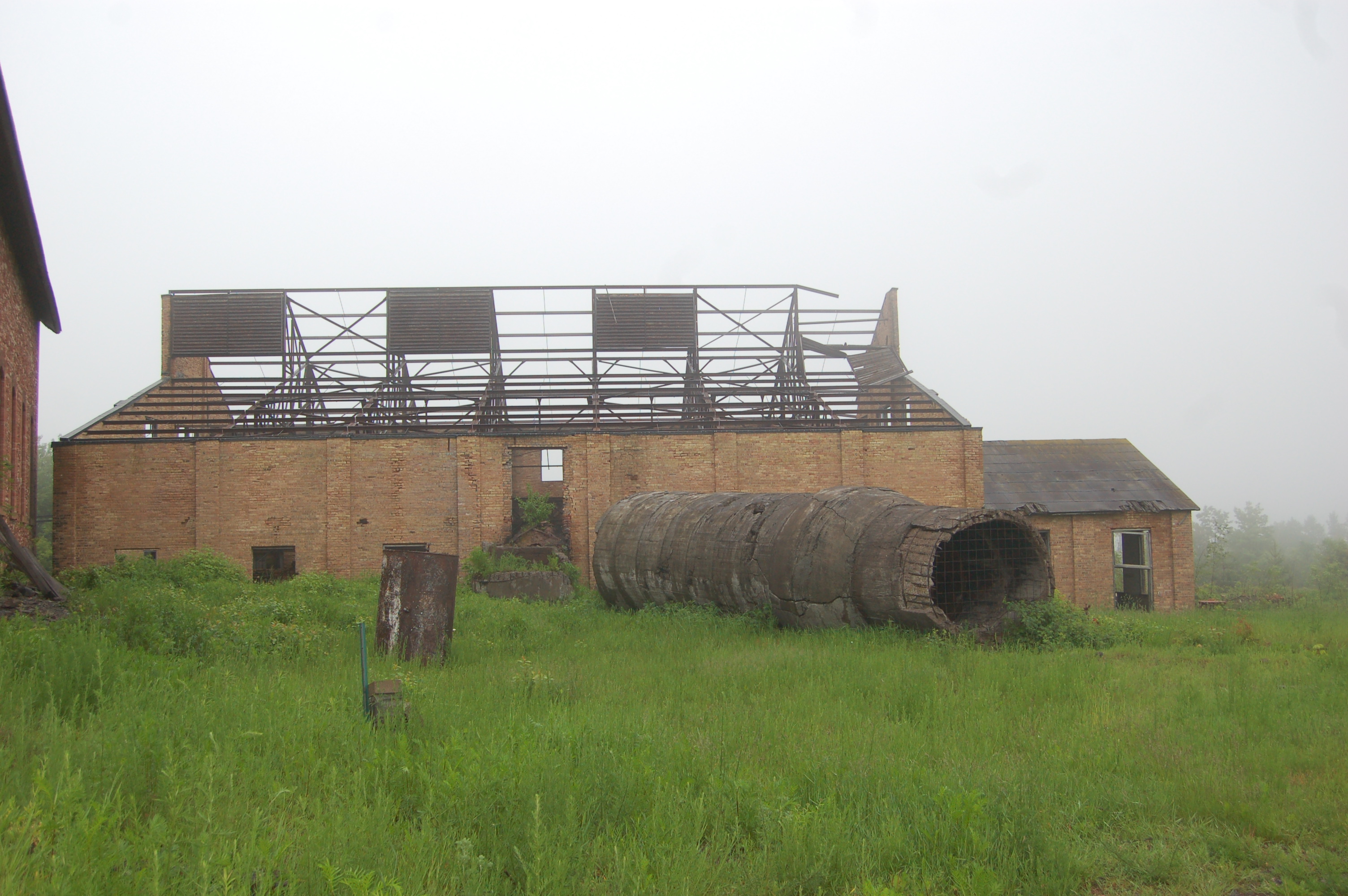

However, the on-site managers didn't think it was necessary for the miners to have such high-class dwellings. The executives on the east coast wanted to build more elaborate and fancy homes with amenities such as electricity and running water. Over the course of operations, the types of housing ranged from simple tents in the early days, to complete three story houses shortly before the mine's shutdown. To attract a better class of worker, the Quincy Mining Company built and maintained housing for the workers. This helped the mine survive longer than almost all other Keweenaw copper mining companies, except the Calumet and Hecla Mining Company and the Copper Range Company. The company bought the Pewabic mine in 1891, the Mesnard and the Pontiac in 1897, and the Franklin mine in 1908. The Quincy company expanded laterally along the lode by buying out adjacent properties. Amygdaloid mining proved much more productive than fissure mining, and the size and richness of the Pewabic lode in particular allowed the Quincy to produce profits for 53 consecutive years. Rock bearing small pockets of copper could be blasted out immediately and processed elsewhere at much lower cost. Amygdaloid mining consisted of extracting lower-grade strataform orebodies in the "amygdaloid zones," the upper portions of basalt lava flows. High-grade fissure veins contained large, pure masses of copper, but the masses could take days or even months to extract, at high cost. The mine was the first Michigan copper mine to switch from fissure mining to amygdaloid mining, when the recently discovered Pewabic amygdaloid lode was found to cross Quincy property in 1856. While many other copper mines were founded at the same time, the Quincy Mine became the most successful of the 1840s-era mines, and was the country's leading copper-producing mine from 1863 (when it exceeded the production of the Minesota Mine) through 1867 (after which it was exceeded by the Calumet and Hecla). The directors met and decided to merge, with significant investment coming from Massachusetts (the town of Quincy, Massachusetts lent the mine its name). Due to poor communication between government offices, these two speculative mining companies had purchased the same tracts of land during the mining rush of the early 1840s. The Quincy Mine was founded in 1846 by the merger of the Northwest Mining Company and the Portage Mining Company. Quincy Mine native copper specimen, arborescent crystal cluster on matrix. The Quincy Mining Company Historic District is a United States National Historic Landmark District other Quincy Mine properties nearby, including the Quincy Mining Company Stamp Mills, the Quincy Dredge Number Two, and the Quincy Smelter are also historically significant. The Quincy Mine was known as "Old Reliable," as the Quincy Mine Company paid a dividend to investors every year from 1868 through 1920.

The mine was owned by the Quincy Mining Company and operated between 18, although some activities continued through the 1970s. The Quincy Mine is an extensive set of copper mines located near Hancock, Michigan.


 0 kommentar(er)
0 kommentar(er)
